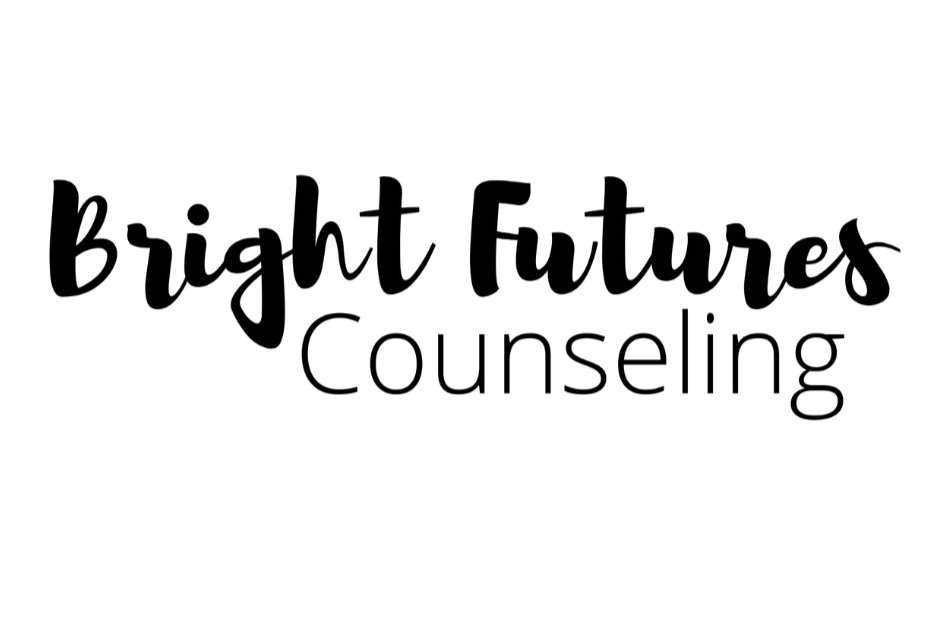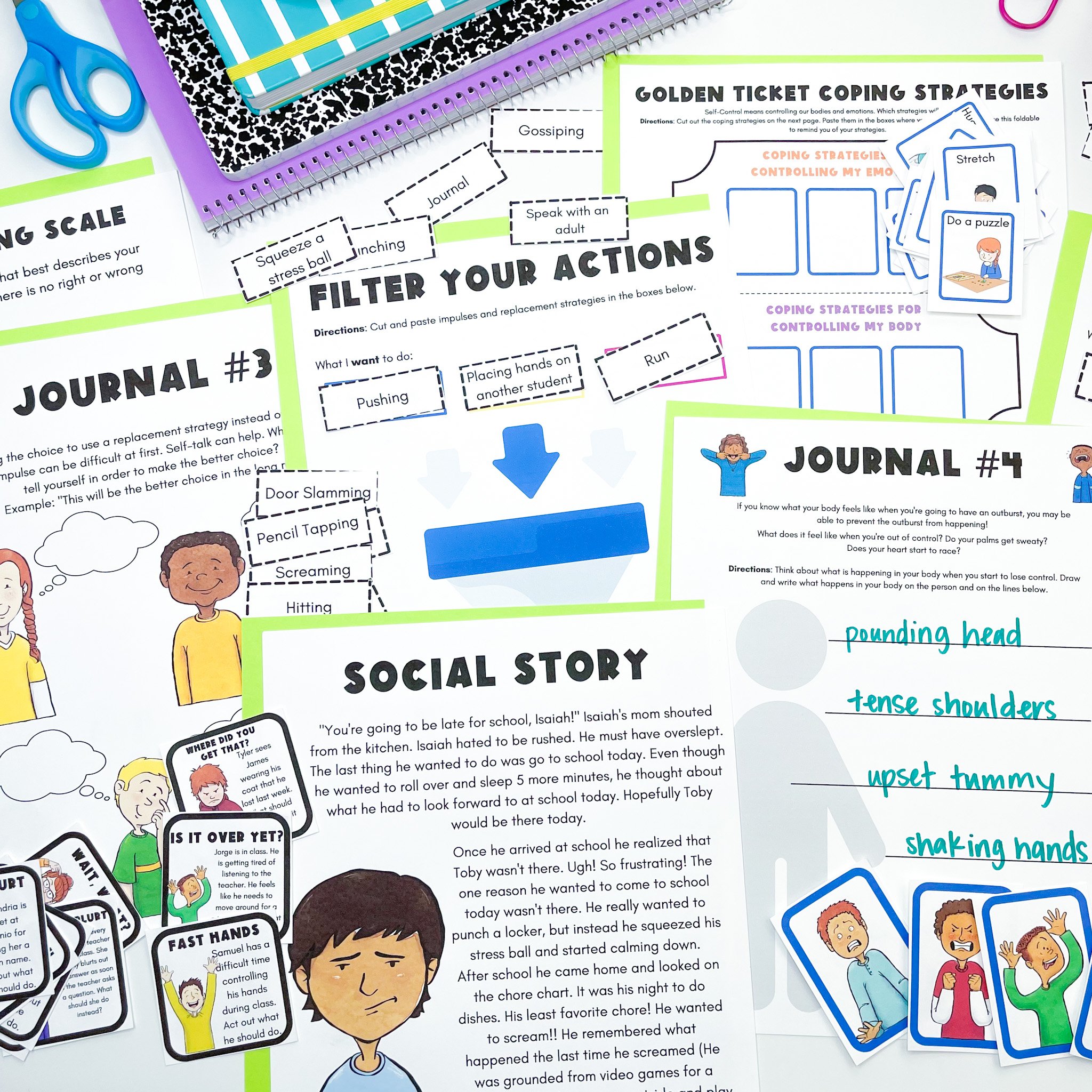Planning and Assessing your Comprehensive School Counseling Program
Having a clear plan for your counseling sessions is essential in delivering a data driven school counseling program. Paired with assessment tools, you can’t go wrong!
Let’s refer to the ASCA School Counselor Professional Standards & Competencies to determine how we can easily plan and assess your program.
How to Plan Your Comprehensive School Counseling Program
B-PA 2. Identify gaps in achievement, attendance, discipline, opportunity and resources
Consult with your admin and look at data to determine deficits that you can help through counseling sessions. For example, if a student is constantly having discipline issues related to self-control you could start individual counseling to teach self-control strategies.
B-PA 3. Develop annual student outcome goals based on student data
Create a SMART goal based on the student’s area of need and an ASCA-aligned objective for each session. Reference the ASCA Student Standards: Mindsets & Behaviors for Student Success to select standards to match the objectives.
Check out the following example:
SMART Goal: By the end of our 6 week sessions, Ryan will be able to demonstrate 3 self-control strategies to use when feeling upset.
Session Objective: To identify helpful coping strategies
Related ASCA Standards: Self-Management Skills
B-SMS 2. Self-discipline and self-control
B-SMS 7. Effective coping skills
B-PA 4. Develop and implement action plans aligned with annual student outcome goals and student data
This is when you will actually implement the content via activities, lessons, and games. For example, you would play a self-control game or implement a complete curriculum.
How to Assess Your Comprehensive School Counseling Program
After planning and implementing your counseling lessons, it’s time to assess their effectiveness!
B-PA 5. Assess and report program results to the school community
Assessing the effectiveness of your counseling program is essential to ensuring student progress and advocating for your role. Two of my favorite ways to showcase data? Using a data wall and End of the Year Report.
Using a School Counseling Data Wall
A data wall is simply a bulletin board you display to showcase the impact your counseling program is having. You can share data on student progress and the services you’ve provided.
Once you have the data, use it to create charts and graphs displaying your findings. Think of a place where parents, students, and staff will see it. This communicates the services you offer and destigmatizes counseling to students while advocating for your role to staff and parents.
Read more about how to create a data wall here.
Using a School Counseling End of the Year Report
An End of the Year Report is exactly what it sounds like. A report you create at the end of the year to show how many students you served, how many guidance lessons you taught, and even how much time you spent with students! You can use it to show anything; student self-assessment and survey data, behavior progress individual students made, etc.
It is a great way to reflect on your program’s progress and feel proud of all of your hard work! This is where you will showcase the data you’ve been collecting all year. Your stakeholders can see what’s working (and sometimes what’s not!). This way you can modify your program to best fit all student needs.
Read more about how to assemble your End of the Year Report here.
Now you can feel more confident and prepared knowing you have a data driven plan for your counseling program!





